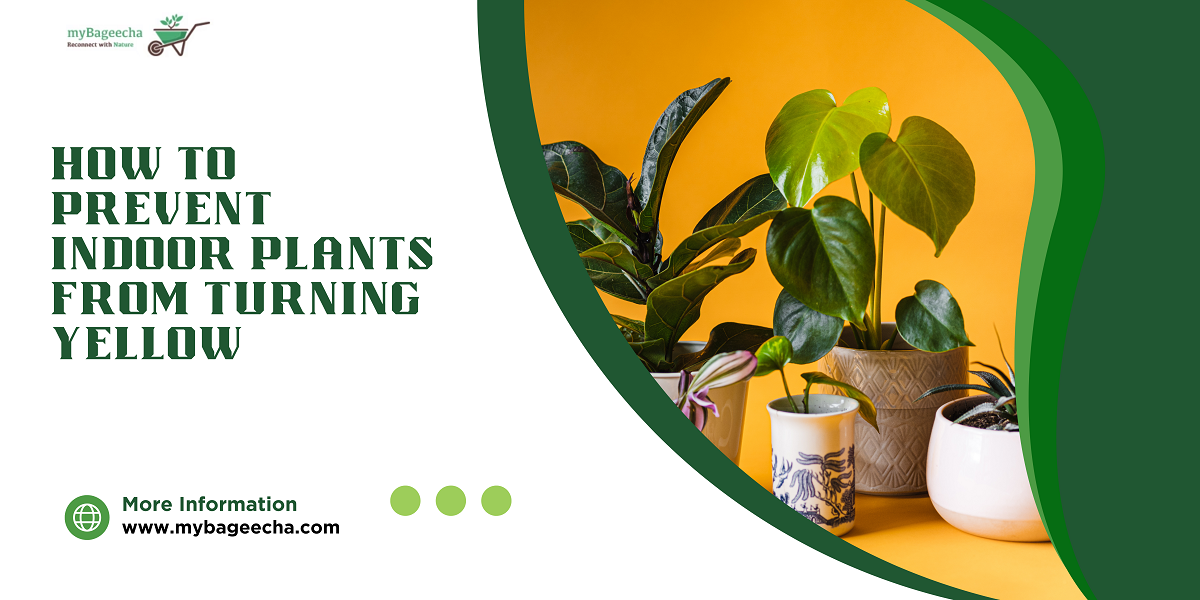How to Prevent Indoor Plants from Turning Yellow
Indoor plants bring elegance and purify the air in our homes. But when leaves turn yellow unnaturally, it signals stress. This guide explains the causes and offers simple fixes to restore greenery.
🌞 Provide Adequate Light
Each indoor plant has unique light needs. Too much or too little sunlight can cause yellowing. Place plants according to their light preference and rotate them for balanced exposure.
💧 Optimize Watering
Overwatering or underwatering is a common cause of yellow leaves. Check the top inch of soil before watering. Use well-draining pots and soil to avoid waterlogging.
🌱 Address Nutrient Deficiencies
Lack of nitrogen, iron, or magnesium can lead to pale leaves. To restore nutrients, use formulated organic fertilizers designed for indoor plants. Regular soil checks help adjust fertilizer needs and keep plants healthy.
🐛 Pest and Disease Management
Pests and diseases often attack indoor plants, causing discoloration. Inspect leaves regularly, especially the underside. It is crucial to treat the plants with effective insecticides or home remedies. For deeper insights, see our guide on plant diseases.
🧽 Cleaning and Repotting
Dust buildup and root crowding can stress plants. Clean leaves with a damp cloth, trim yellow leaves, and repot when roots outgrow containers. Repotting improves water absorption and nutrient access, helping plants regain their greenery.
🔎 Troubleshooting Yellow Leaves: Quick Reference
| Symptom | Likely Cause | Suggested Fix |
|---|---|---|
| Entire plant turning yellow | Waterlogged soil, poor drainage | Repot with well-draining soil, reduce watering |
| Tips of leaves yellow | Iron deficiency | Use fertilizer with added iron |
| Lower leaves yellow first | Nitrogen deficiency or root crowding | Apply nitrogen-rich fertilizer, consider repotting |
| Yellowing near central stem | Magnesium or zinc deficiency | Use balanced fertilizer with micronutrients |
| Patchy yellow spots | Pest or disease attack | Inspect leaves, treat with bio-pesticides |
| Sudden yellowing after move | Temperature or humidity stress | Adjust placement, maintain consistent environment |
🌿 Wrapping It Up
Yellowing leaves are a warning sign, but with proper care — light, water, nutrients, pest control, and repotting — your indoor plants can thrive. Regular observation and timely action will keep them lush and healthy.






